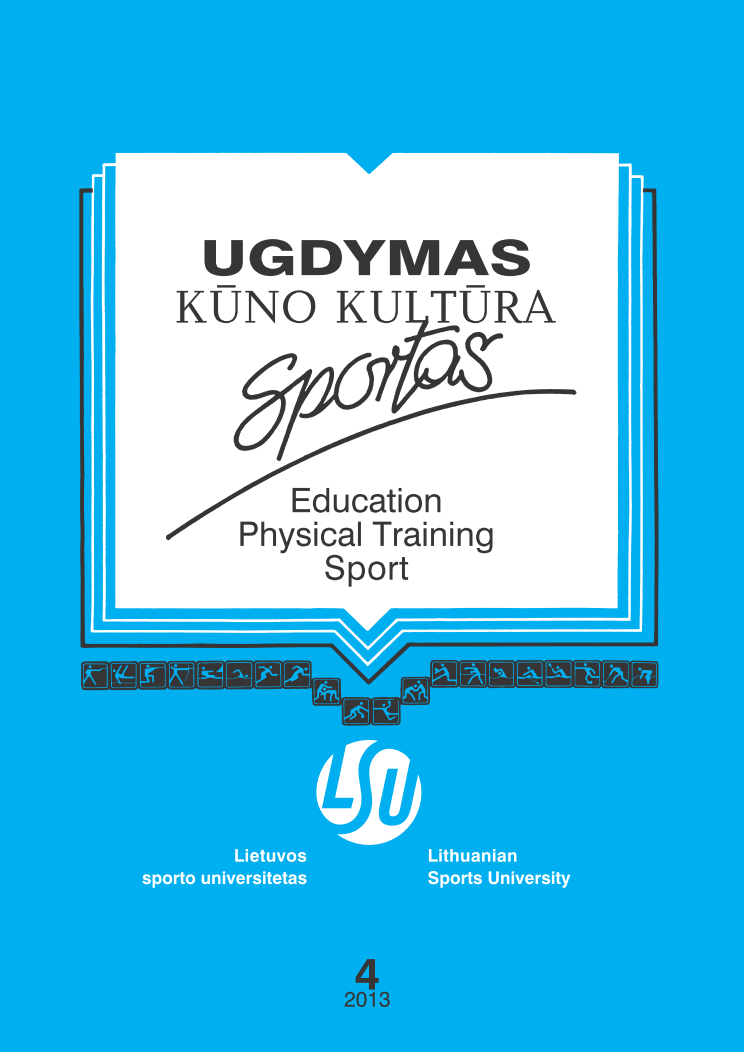Early Isometric Eversion and Inversion Changes after Acute Ankle Sprains
Abstract
Research background and hypothesis. Most of the methods used to monitor ankle condition after acute ankle
sprains do not provide knowledge about the functional state of the ankle, which is mostly dependent on muscles and
proprioception. For this purpose we used isometric testing.
Research aim: to detect early isometric eversion and inversion peak torque changes after acute ankle sprains,
and to compare them to the usual methods.
Research methods. The subjects were 80 athletes with acute grade II ankle sprain. All subjects were randomized
into Isometric Testing Group (40 subjects), and Control Group (40 subjects). Both groups underwent the same
rehabilitation programme. We measured isometric peak torque and peak torque differences between the healthy
and injured legs in eversion and inversion movements of the ankle. The outcome measures were pain on activity,
swelling, Lower Extremity Functional Scale score, isometric eversion and inversion strength, Square hop test, and
Figure of Eight hop test.
Research results. There were no significant differences between parameters measured in both groups. Statistical
analysis indicated significantly lower eversion and inversion strength of the injured limb, significant eversion and
inversion deficit changes during the whole study. Pain on activity, and swelling changes were significant only on
the first two weeks. Lower Extremity Functional Scale score changes were significant all three weeks. Eversion and
inversion deficit correlated with Lower Extremity Functional Scale score.
Conclusion. Isometric testing detects early eversion and inversion changes and helps monitoring rehabilitation
after acute lateral ankle sprains.
Keywords: peak torque, rehabilitation, monitoring.
Downloads
Published
Issue
Section
License
Copyright (c) 2018 Baltic Journal of Sport and Health Sciences

This work is licensed under a Creative Commons Attribution 4.0 International License.






